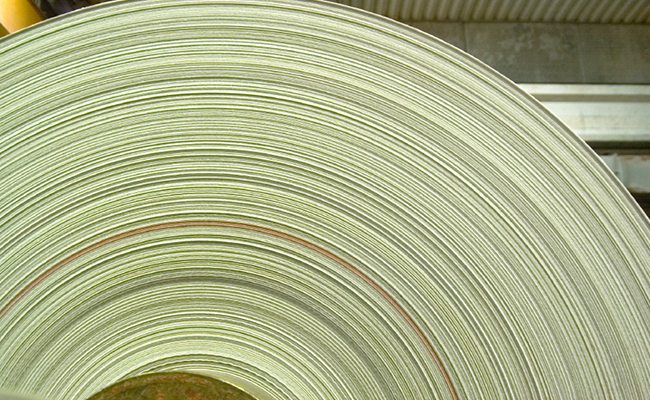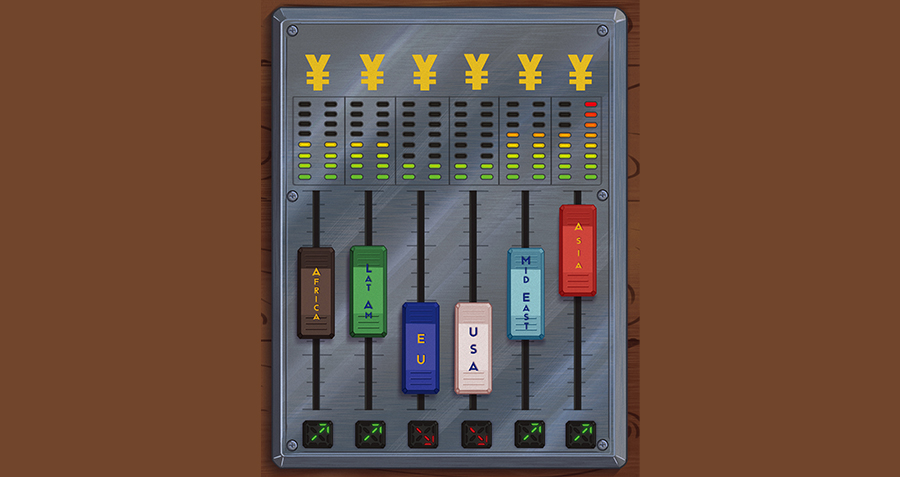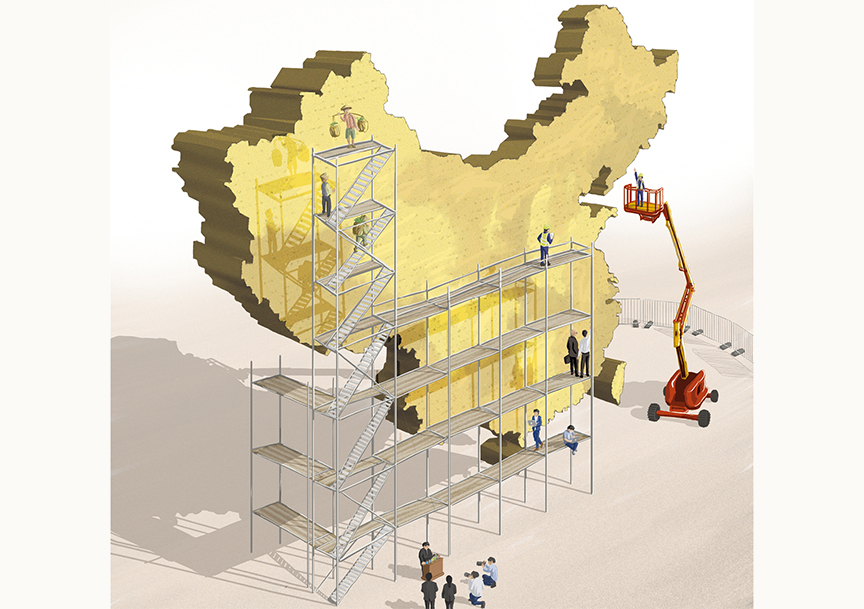Should the government take on the task of reducing excess capacity in an industry or is that best left to market forces?
Imagine you have to form a track team but you are not allowed to run any races to judge the speed of the prospective team members. China’s Ministry of Industry and Information Technology (MIIT) presented itself with such a formidable task recently.
MIIT announced that it would reduce excess capacity in several industries by shutting down the most inefficient producers. This is a useful goal from at least two perspectives. First, it is better to have more efficient producers replace less efficient. That way the same amount can be produced at a lower total cost to society. Second, these industries are highly-polluting and inefficient firms tend to also produce the most pollution.
The question is whether MIIT has identified the right firms to shut down. This is not easy. Take the case of paper manufacturers–one of the industries slated for rationalization. Based on recent reports, there may be up to 10,000 paper makers in China . Four thousand of these are very small so let’s suppose there are about 6,000 that are large enough for MIIT to worry about. MIIT has the unenviable task of figuring out which among these 6,000 firms is the least efficient. Figuring out the profits of even one firm is difficult enough–just ask any CEO of a reasonably-sized firm–let alone 6,000.
To keep things simple let’s suppose all the firms produce fairly similar paper (if this isn’t the case, then the task is even tougher). This means all the firms sell their paper at roughly the same price per unit. The trick now is to figure out how much it costs each of them to produce a unit of paper. Papermaking requires a complex interplay of machines, labor, materials and capital. The cost of these inputs is constantly changing with market conditions and the mix of them depends on the utilization of the factory and equipment conditions. To make matters worse, each of the 6,000 firms likely has a somewhat different process so that each is unique with a different mixture of costs.
To make matters still worse, knowing the current conditions of each of these 6,000 firms would only provide a measure of their costs now. What we would really like to know is what their costs will look like over the long run. Only by comparing this to the price the firm expects to get in the long run can we decide whether it deserves to be shut down. Maybe a plant that is losing money now has a great idea to dramatically lower costs which will be implemented next quarter. Or maybe a highly profitable plant has a contract for low-cost energy that will expire next month greatly increasing its costs. We need to know all this.
MIIT has decided that 67 papermakers should be shuttered. Suppose, somewhat heroically, that MIIT successfully identified the 67 least-efficient producers out of the 6,000. We then have to ask whether this is the right number. If the 68th least-efficient producer cannot expect to cover its costs at prices that are likely to prevail in the future, then MIIT did not go far enough–similarly for the 69th, 70th, and so on. Alternatively, it may have gone too far–perhaps the 67th producer it shut down would have been able to turn around its operations and cover its costs going forward.
There is an easier way. Let the market test these firms. An important economic principle says that if we have a lot of firms, the market will provide discipline that drives firms to produce at the lowest per-unit cost. It works like this. Suppose two firms (L and H) each have extra capacity and are competing for a contract to supply paper. L can produce at a lower cost per unit than H. Suppose L starts out quoting a very high price. H, wanting to utilize some of its extra capacity, will immediately jump in and bid somewhat lower. But, since the price is still relatively high, L will jump in again and lower the price a little more. This will keep going until H bids a price near its per-unit cost. Now–here’s the key part–L realizes that it can undercut H on price and still earn a margin because its costs are lower. Now H is stuck because if it quotes an even lower price, it will lose money. H will drop out of the contest and the order will go to L. If excess capacity persists in the industry and H is unable to find a way to lower its costs, it will eventually have to call it quits and shut down.
This is an example with only two providers. With 6,000 papermakers we would expect many bidders for any contract. If we apply the same logic, we expect the market to push the price down and steer the order to the lowest-cost firm. This happens naturally without any coordination as each individual firm decides whether it is worthwhile for them to bid or not. If left to their own devices, firms will of course sometimes make mistakes. However, it is far less likely that a firm’s managers who work day in and day out with an intimate knowledge of their operations will make a mistake than government administrators attempting to understand the operations of literally thousands of papermakers nationwide.
What prevents this process from working currently? The government insulates papermakers from market forces. One report estimates that government subsidies to the papermaking industry exceeded $33 billion from 2002 to 2009.[1] These included subsidies for inputs such as electricity, coal, and pulp as well as low-interest loans and direct cash injections. Removing these subsidies–gradually so that workers who lose their jobs have time to adjust–will allow the market to do its work. If the government steps aside, then the market will run its own race to see which firms reach the finish line.
[1] “No Paper Tiger: Subsidies to China’s Paper Industry From 2002-09,” EPI Briefing Paper #264, Economic Policy Institute.

















